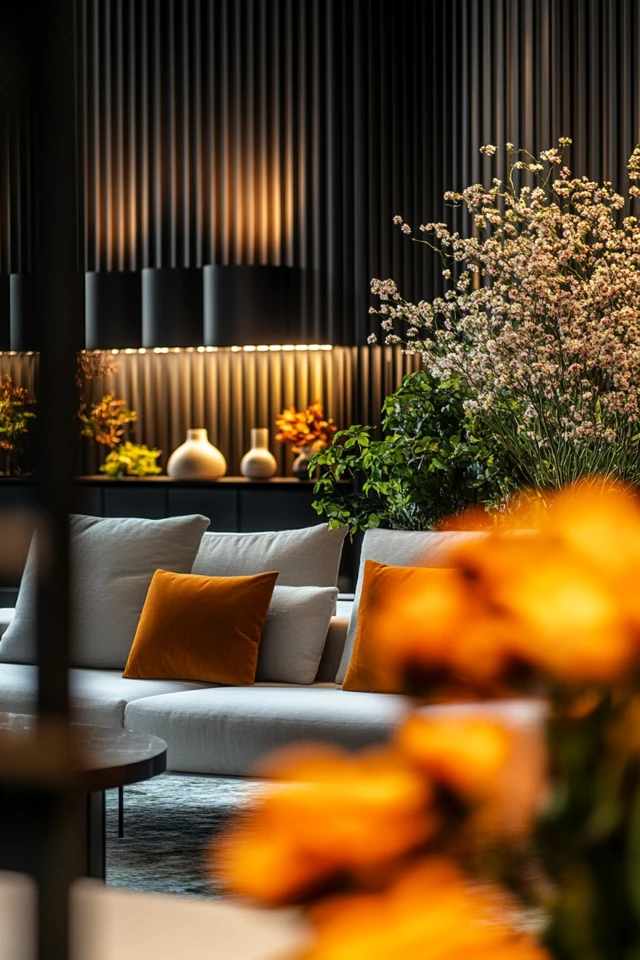Introduction
Lighting is one of the most powerful tools in interior design. It doesn’t just illuminate a space—it sets the mood, enhances functionality, and brings depth and dimension to your home. Layered lighting, in particular, is the secret to creating an inviting and versatile atmosphere. By combining ambient, task, and accent lighting, you can transform any room into a warm and welcoming haven that adapts to your needs and activities.
I first discovered the magic of layered lighting while redesigning my living room. Initially, I relied solely on a single overhead fixture, and while it provided adequate illumination, the room felt flat and uninspired. After adding a combination of floor lamps, wall sconces, and subtle under-shelf lighting, the space took on a whole new personality. It became a cozy retreat for movie nights, a functional space for reading, and an elegant setting for entertaining—all thanks to the strategic layering of light sources.
If you’re ready to bring this transformative technique into your home, this guide will show you how to master the art of layered lighting. From selecting the right fixtures to positioning them effectively, let’s explore how to create a space that feels as good as it looks.
Why Layered Lighting Is Essential
Layered lighting is about more than just brightness—it’s about creating depth, enhancing usability, and setting the tone of a room. By incorporating multiple light sources at different levels, you achieve a balanced, multidimensional look that can be adjusted to suit various tasks and moods. Here’s why it works so well:
- Versatility: Layered lighting adapts to your needs, from bright task lighting for focused activities to soft, ambient lighting for relaxation.
- Aesthetic Appeal: The interplay of light and shadow adds visual interest, highlighting architectural features and decor.
- Functionality: Combining different types of lighting ensures every corner of the room is well-lit and functional.
- Mood Enhancement: Lighting influences emotions. Layering allows you to create the perfect atmosphere, whether it’s cozy, vibrant, or sophisticated.
Why These Key Elements Work So Well Together
Ambient Lighting
This is the foundation of layered lighting, providing overall illumination. It sets the tone of the room and ensures visibility. Common sources include overhead fixtures, chandeliers, or recessed lighting.
Task Lighting
Task lighting focuses on specific areas for activities like reading, cooking, or working. Examples include desk lamps, under-cabinet lights, and pendant lights over kitchen islands.
Accent Lighting
Accent lighting highlights decorative elements, such as artwork, shelves, or architectural features. Think track lighting, picture lights, or LED strips.
Evidence-Based Design
Studies show that lighting significantly affects mood, productivity, and relaxation. Layered lighting allows you to customize your space to support your emotional and functional needs.
How to Create an Inviting Space With Layered Lighting: Step-by-Step
Step 1: Start With Ambient Lighting
- Install an overhead fixture, like a pendant light, chandelier, or flush mount, to provide general illumination.
- Use dimmable bulbs or smart lighting systems for greater control over brightness.
Step 2: Add Task Lighting
- Identify areas where specific tasks are performed, such as a reading corner, kitchen counter, or workspace.
- Incorporate focused light sources, like desk lamps, floor lamps, or under-cabinet lighting.
Step 3: Highlight With Accent Lighting
- Use spotlights or track lighting to draw attention to artwork, bookshelves, or architectural details.
- Add LED strip lighting under shelves, behind furniture, or along staircases for a subtle glow.
Step 4: Choose the Right Bulbs
- Use warm white bulbs (2700K–3000K) for a cozy, inviting ambiance.
- Opt for cooler white bulbs (3500K–4000K) in task-oriented areas like the kitchen or home office.
- Ensure consistent bulb tones across the space for a cohesive look.
Step 5: Layer Lighting at Different Heights
- Position table lamps on side tables, floor lamps next to seating areas, and pendant lights overhead.
- Use wall sconces or picture lights at eye level to add depth and visual interest.
Step 6: Incorporate Decorative Fixtures
- Choose fixtures that complement your decor, such as industrial pendants for a modern look or ornate chandeliers for a touch of elegance.
- Let decorative fixtures double as statement pieces to elevate the overall design.
Step 7: Use Dimmers and Smart Controls
- Install dimmer switches to adjust the intensity of each light source, creating the perfect mood for any occasion.
- Consider smart lighting systems for customizable scenes and voice-controlled convenience.
Picture Gallery

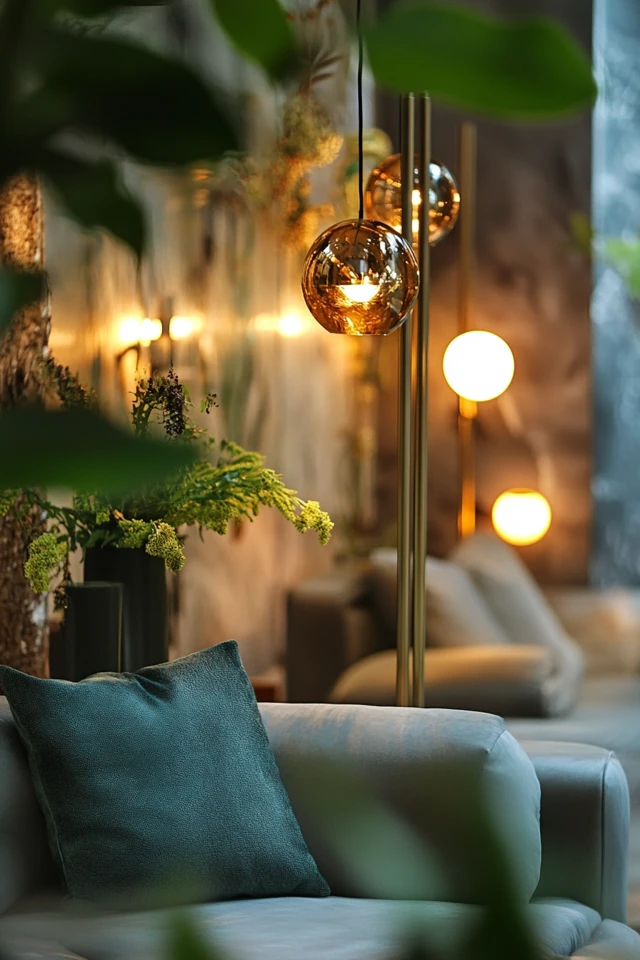
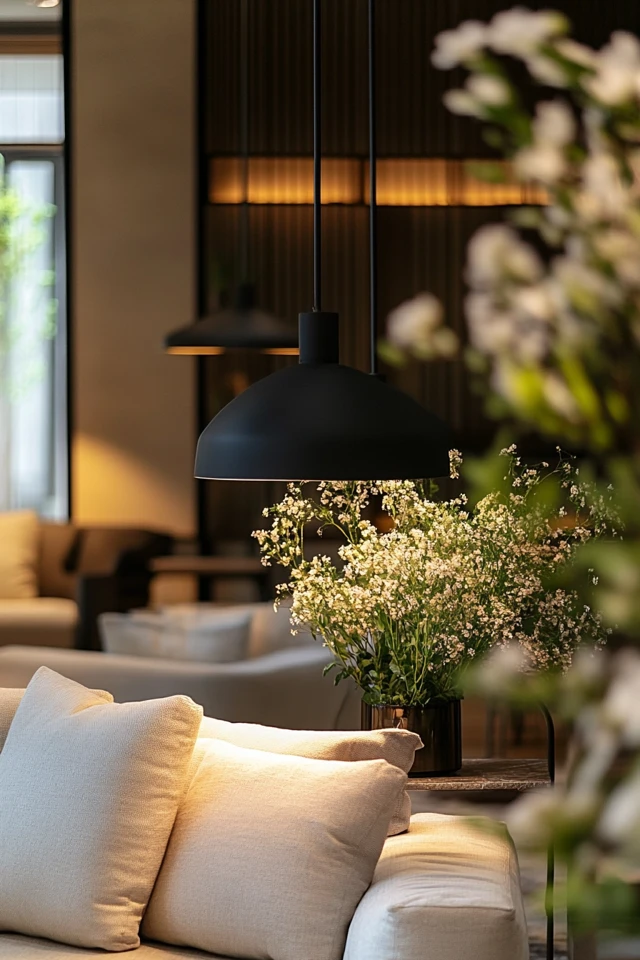
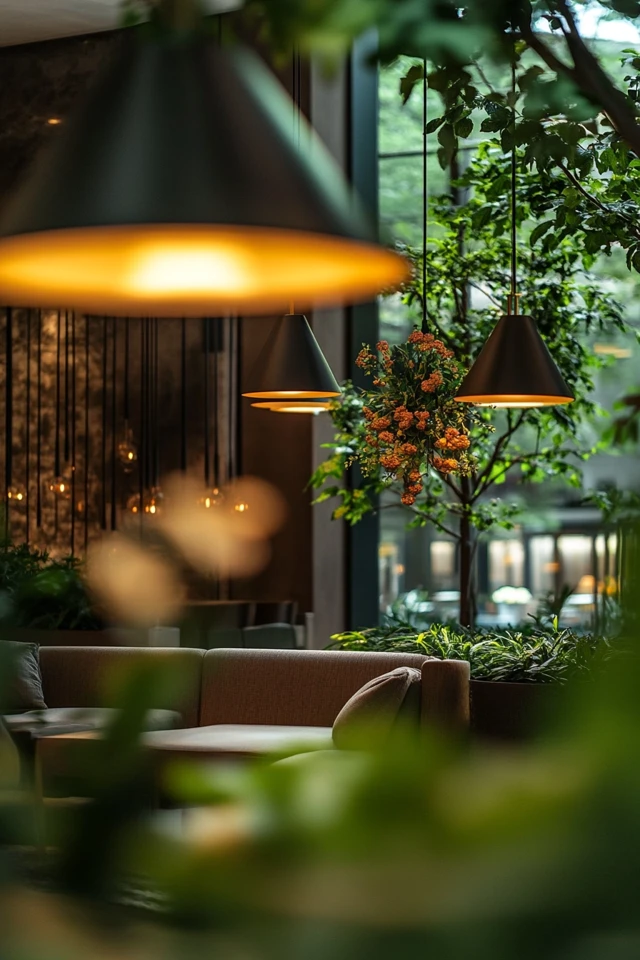
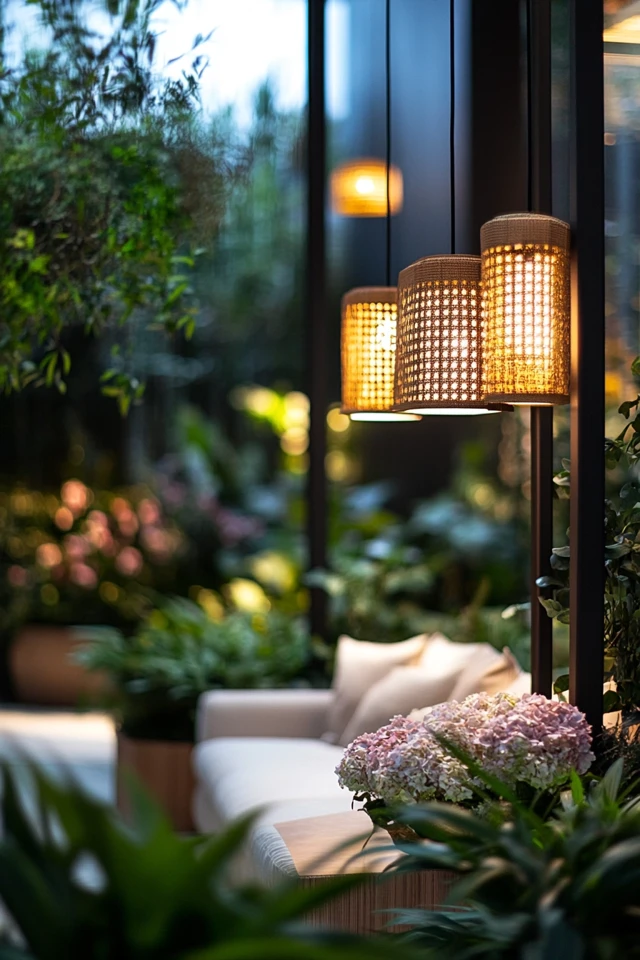
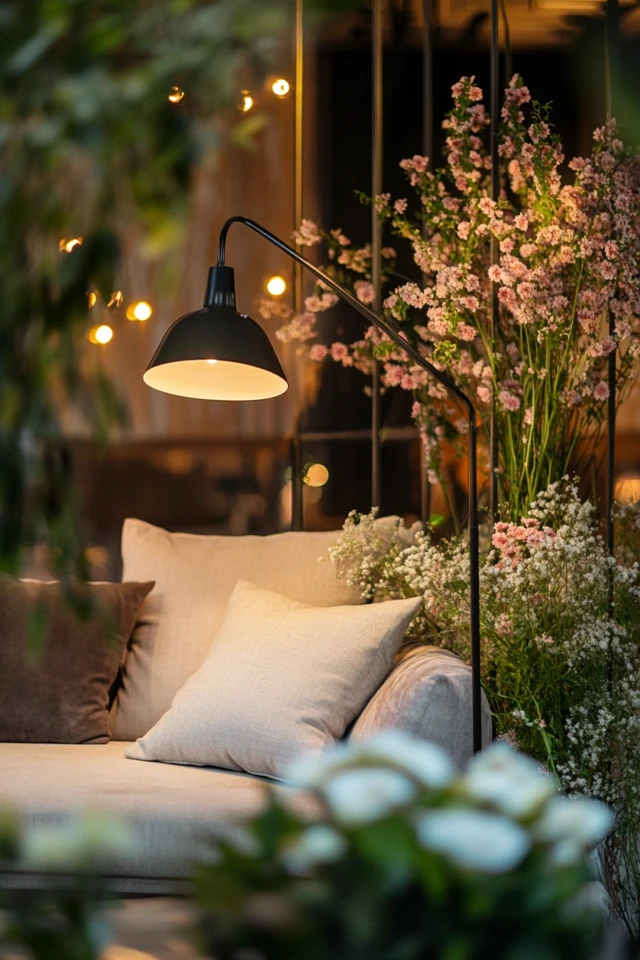
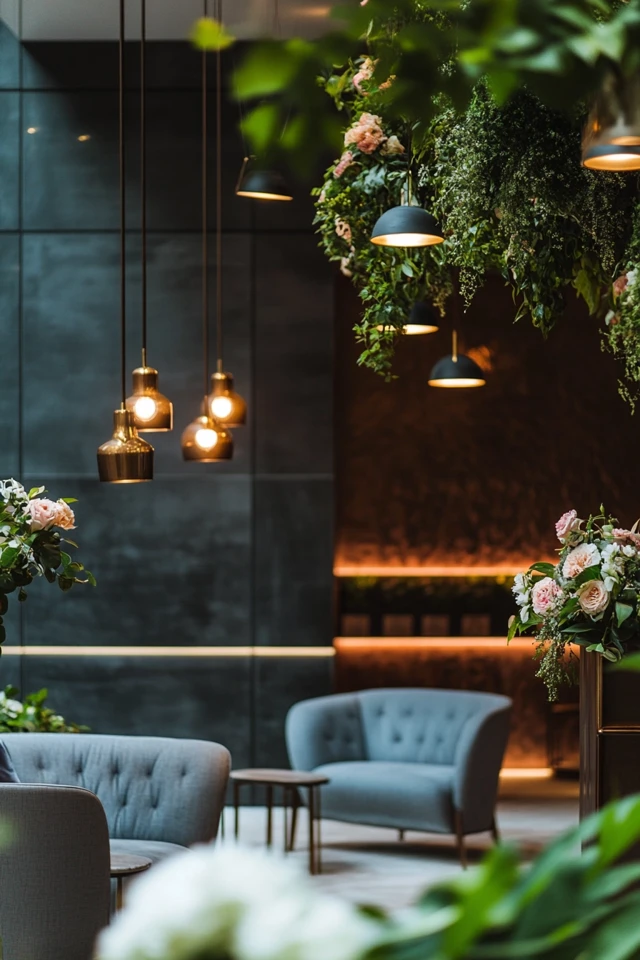
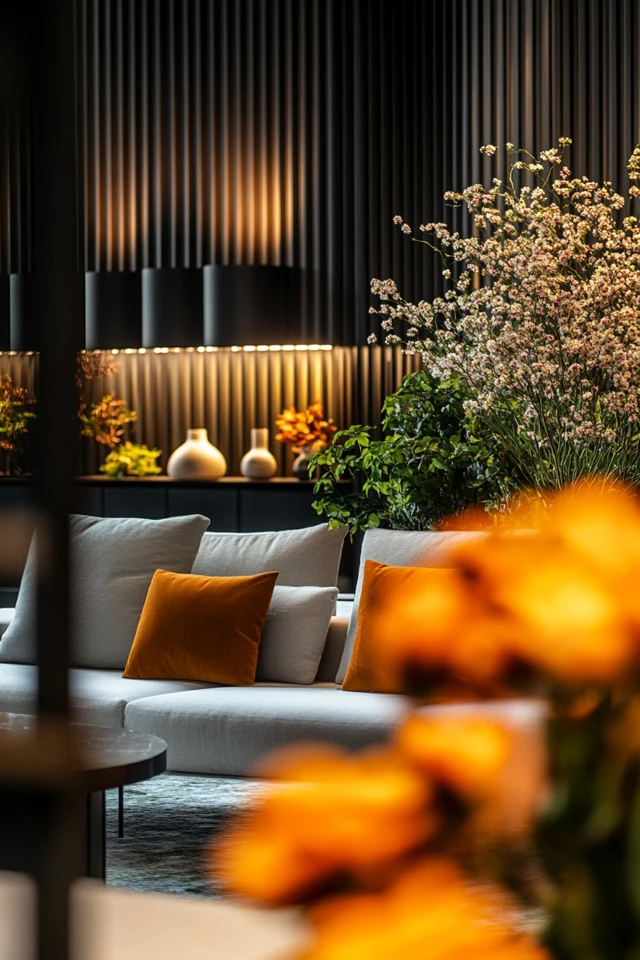
FAQ Section
1. What are the three main types of lighting in a layered design?
Ambient, task, and accent lighting are the three core types, each serving a specific purpose to create a balanced and inviting space.
2. How do I choose the right light temperature for my room?
Use warm tones (2700K–3000K) for cozy spaces like living rooms and bedrooms. Cooler tones (3500K–4000K) work well for task-oriented areas like kitchens and offices.
3. Can I use layered lighting in small spaces?
Absolutely! Use compact fixtures like wall sconces, table lamps, or under-shelf lighting to maximize functionality without overwhelming the room.
4. How do I highlight architectural features with lighting?
Use accent lighting, such as LED strips, track lights, or uplights, to emphasize features like beams, niches, or textured walls.
5. What’s the easiest way to make lighting adjustable?
Install dimmer switches or use smart bulbs with customizable brightness and color settings.
Variations
- Minimalist Layering: Use sleek, modern fixtures with clean lines for a pared-down, sophisticated look.
- Rustic Charm: Combine warm, Edison-style bulbs with lantern-style pendants or wrought-iron sconces for a cozy, rustic vibe.
- Modern Luxury: Use crystal chandeliers, metallic finishes, and hidden LED strips for a high-end, contemporary aesthetic.
How to Showcase It
Living Room
Combine a central chandelier with floor lamps next to the sofa and LED strips under shelves. Add a dimmer switch for ultimate control.
Bedroom
Pair bedside table lamps with a statement pendant light and soft LED strips behind the headboard for a serene ambiance.
Kitchen
Layer pendant lights over the island, under-cabinet lighting for counters, and recessed lights for overall illumination.
Bathroom
Incorporate sconces on either side of the mirror, an overhead light for general illumination, and dimmable accent lights for a spa-like atmosphere.
Occasions to Feature It
- Evening Gatherings: Dim the lights for a warm, inviting atmosphere during dinner parties or movie nights.
- Seasonal Updates: Use colored LED strips or smart bulbs to match holiday themes or seasonal moods.
- Everyday Living: Enjoy the flexibility and comfort of a well-lit space tailored to your activities and emotions.
Conclusion
Layered lighting is the key to creating an inviting and versatile space that adapts to your needs and enhances your home’s ambiance. By combining ambient, task, and accent lighting, you can transform any room into a functional, stylish, and comfortable retreat. Whether you’re curling up with a book, hosting friends, or simply relaxing at the end of the day, thoughtful lighting design makes all the difference.
Now it’s your turn—experiment with layered lighting in your space, explore different fixtures and settings, and create a home that’s as inviting as it is beautiful. Share your results and inspire others to master the art of lighting!

